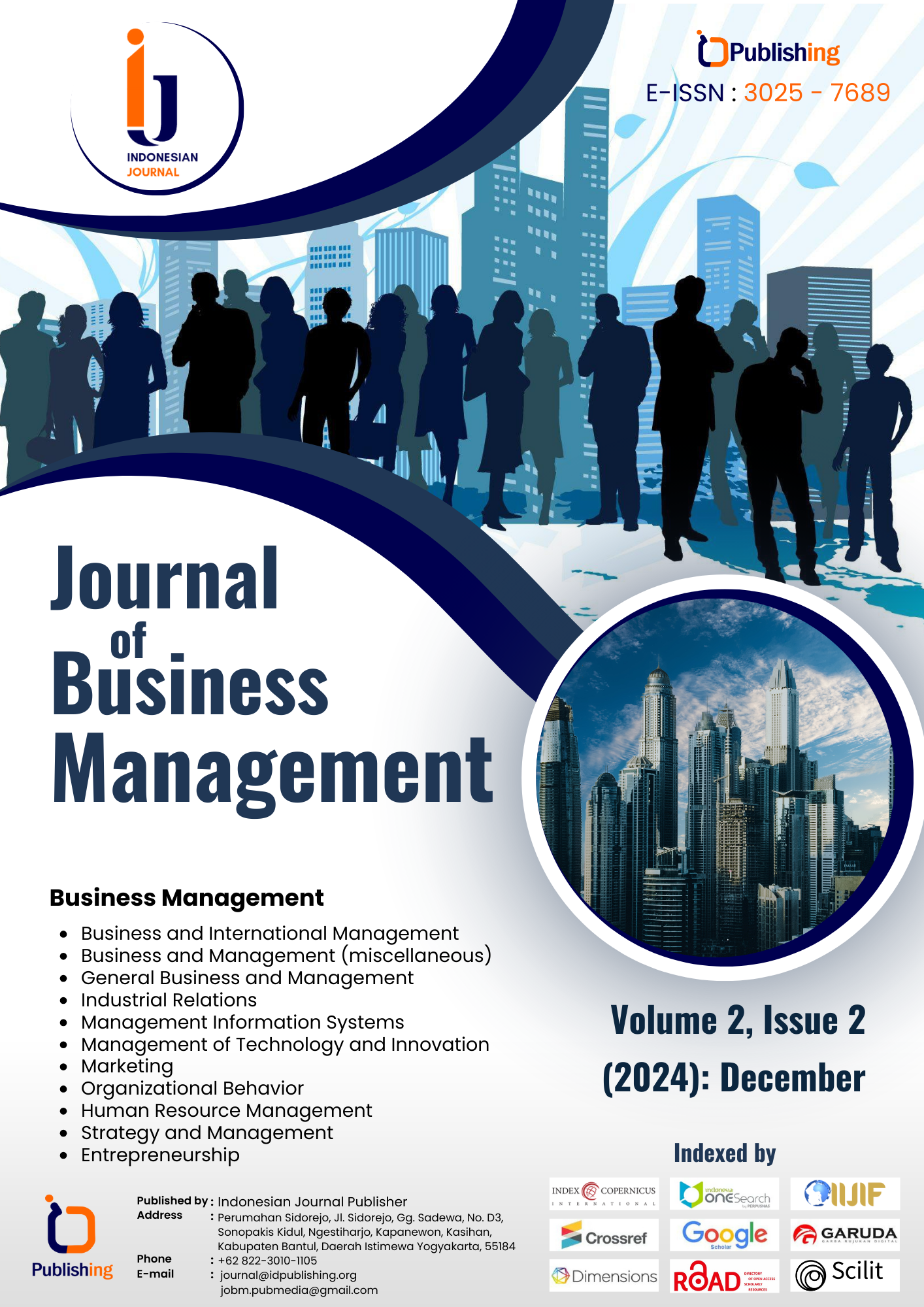An investigation of investors' exposure towards stock market and preferred investment avenues: A study in Krishna District
DOI:
https://doi.org/10.47134/jobm.v2i2.23Keywords:
Investment avenues, Risk and Return, Planning, Behavior, InvestmentAbstract
Money is an important component of living in the current era. People must invest their money to solve future difficulties. Investment is a commitment of funds set aside from current expenses in anticipation of future gains. Savings are invested in assets based on an individual's knowledge of numerous investment options, risk tolerance, and expected return. Every human being must take the vital step of investing hard-earned money. Investors can put their money into a variety of investment vehicles. Each of these investment ideas carries a distinct level of risk and potential return. Investors anticipate bigger returns with less risks. Financial consultants and advisors give a wide range of suggestions to investors in this field. However, every investor faces a difficult task when putting together an appropriate portfolio. The investing possibilities cover both financial instruments and other assets. Investor attitudes may vary throughout time and from person to person. Additionally, investors' investment objectives will vary.
References
Afza, N., & Patil, K. (2020). Relevance of Investor Behaviour in Retirement Planning. International Journal of Business and Management Invention, 9(7), 9–15. https://doi.org/10.35629/8028-0907020915
Agrawal, N. (2020). A Study on Tax Planning of Salaried Individual. International Multidisciplinary Conference in Science, Technology, Business, Management & Liberal Arts, 1, 68–74.
Atodaria, Z., & Sharma, R. (2019). Investment Pattern of Salaried Class of Somnath (Daman) –A Study of Various Investment Options Available. International Academic Journal of Social Sciences, 06(01), 49–61. https://doi.org/10.9756/IAJSS/V6I1/1910005
Bindabel, W. A. A., & Salim, A. S. H. (2021). Relationship between saving and investment pattern and orientation towards finance among working women in the universities of Saudi Arabia. Accounting, 81–88. https://doi.org/10.5267/j.ac.2020.10.011
Bindu, T., Kumar, S., Ratheesan, K., & Balasubramanian, S. (2017). Factors associated with survival and lost to follow-up of cervical cancer patients in a tertiary cancer centre in rural Kerala. Indian Journal of Public Health, 61(1), 43. https://doi.org/10.4103/0019-557X.200254
Kumaraswamy, M., & Velya, D. (2020). Tax Planning – An Analysis on Housing Loans. Journal of Emerging Technologies and Innovative Research. https://api.semanticscholar.org/CorpusID:225844398
Kumari, K. (2018). Impact of savings and investment behaviour of working women in Chennai City. Eurasian Journal of Analytical Chemistry, 13(1), 158–161.
Lee, D., Arumugam, D., & Arifin, N. B. (2019). A study of factors influencing personal financial planning among young working adults in Kuala Lumpur, Malaysia. International Journal of Recent Technology and Engineering, 7, 114–119.
Shrivastava, A. K. (2018). Investment Behavior Towards Different Financial Products. International Journal of Innovative Knowledge Concepts, 6(5), 57–62.
Suresh, G., & Devan, K. (2020). National Centre for Financial Education–for a Financially Aware and Empowered India. International Journal of Disaster Recovery and Business Continuity, 11(1). http://sersc.org/journals/index.php/IJDRBC/article/view/30273
Downloads
Published
How to Cite
Issue
Section
License
Copyright (c) 2024 Bala Swamy Madanu, K V Nagaraj

This work is licensed under a Creative Commons Attribution-ShareAlike 4.0 International License.





 Phone. +6282230101105
Phone. +6282230101105 Email.
Email.  Web.
Web. 


